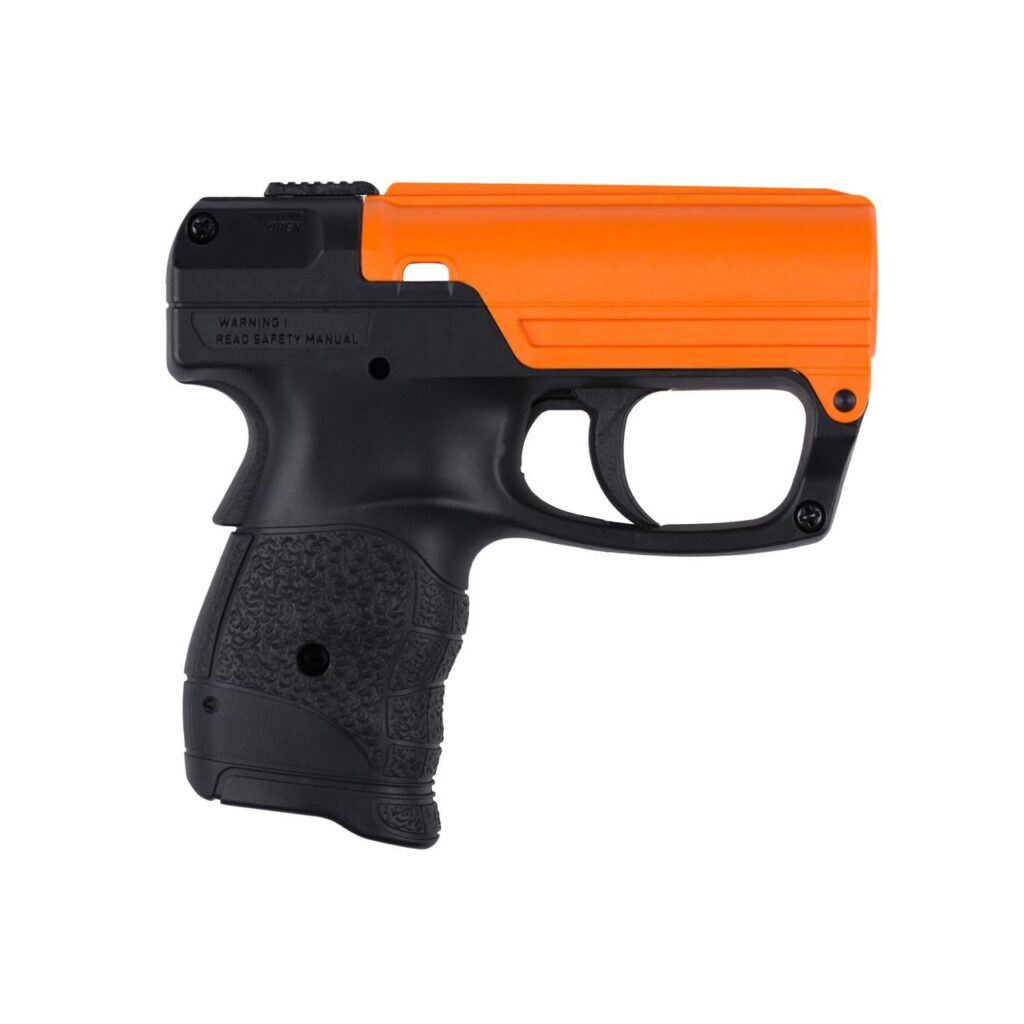Table of Contents
- Understanding the Mechanics of Pepper Spray and Its Effective Range
- Key Target Areas for Maximum Impact in a High-Stress Encounter
- Step-by-Step Techniques for Steady Aiming and Controlled Deployment
- Practicing Precision Under Pressure to Build Confidence and Safety
- In Retrospect
Understanding the Mechanics of Pepper Spray and Its Effective Range
When deploying pepper spray effectively, it’s essential to understand its operational mechanics. Pepper spray is a fine aerosol consisting of capsaicin-an active component derived from chili peppers-that causes an intense burning sensation upon contact with the eyes, skin, and respiratory system. The spray typically discharges in a cone or stream pattern, designed to maximize area coverage or distance precision. Knowing whether your canister releases a broad cone that covers a wider area or a narrow stream that offers pinpoint accuracy will influence your aiming approach during high-stress situations.
Effective range is another critical factor to keep in mind. Standard pepper spray devices generally have an effective range of about 6 to 12 feet; striking targets too close risks self-exposure, while spraying too far reduces impact. To ensure accuracy at these distances, consider these key points:
- Maintain steady hands and aim for the attacker’s face, focusing on eyes and nose for maximal incapacitation.
- Account for environmental conditions like wind direction, which can disperse the spray away from the target.
- Practice controlled bursts rather than continuous sprays to conserve canister content and improve shot precision.
Mastering these elements can significantly enhance your confidence and effectiveness in deploying pepper spray when it matters most.
Key Target Areas for Maximum Impact in a High-Stress Encounter
When deploying pepper spray, precision is paramount to ensure quick incapacitation of the threat while minimizing risks to bystanders or yourself. Focus on three critical zones: the eyes, nose, and mouth. These areas contain sensitive mucous membranes, making them highly susceptible to the spray’s irritant effects. Directly targeting these spots will maximize the spray’s impact, rapidly causing tearing, breathing difficulty, and disorientation-key factors in gaining control of a hostile encounter.
To enhance accuracy in a high-stress situation, keep in mind the following practical points:
- Maintain a firm grip: A steady hand reduces spray deviation.
- Adopt a stable stance: Balance your weight to prevent swaying or overshooting.
- Aim slightly below the eyes: This compensates for weapon recoil and upward spray trajectory.
- Use short bursts: Conserve spray and avoid unnecessary exposure.
- Keep a safe distance: Approximately 6 to 10 feet is ideal for effective deployment.
Step-by-Step Techniques for Steady Aiming and Controlled Deployment
Achieving steady aim under stressful conditions demands a blend of practiced techniques and calming control. Start by securing a firm grip on your pepper spray canister with your dominant hand, ensuring your index finger rests lightly on the trigger to prevent accidental deployment. Adopt a balanced stance-feet shoulder-width apart-with your body slightly angled to minimize exposure while maintaining mobility. Lock your eyes onto the attacker’s face, particularly targeting the eye area, but avoid fixating so rigidly that you lose peripheral awareness. Controlled breathing is key: slow, deep inhales and exhales will help steady your hand and sharpen focus in high-pressure moments.
- Trigger Discipline: squeeze gently with a steady motion rather than a sudden jab to disperse spray evenly.
- Distance Awareness: know your spray’s effective range (usually 6-10 feet) and keep within it for optimal impact.
- Short Bursts: deploy the spray in controlled bursts rather than a continuous stream to conserve supply.
- Follow-up Readiness: maintain your stance after spraying, prepared to move or use other defensive actions if necessary.
Practice is indispensable; simulate threat situations to condition your reflexes and build muscle memory. Remember, steadiness is less about perfect stillness and more about consistent, purposeful control. By integrating these methods into regular training, you can dramatically enhance your ability to respond swiftly and precisely, turning your pepper spray from a mere tool into an effective means of self-defense.
Practicing Precision Under Pressure to Build Confidence and Safety
When faced with a high-stress threat, your ability to maintain focus on your target can make all the difference. Training to perform with precision under pressure is not just a skill but a necessity. This means replicating realistic scenarios where your heart rate spikes and adrenaline surges, forcing you to rely on muscle memory rather than conscious thought. Engaging in such deliberate practice helps ingrain the exact positioning and angle needed to maximize the effectiveness of pepper spray, ensuring that your response is swift and accurate regardless of the chaos around you.
Effective strategies to build this control include:
- Practicing with inert pepper spray or training simulators to get comfortable with spray patterns.
- Incorporating stress drills where you simulate threat situations with timed challenges or distractions.
- Focusing on controlled breathing techniques to manage anxiety during deployment.
- Consistently aiming for key target areas like the eyes and face to maximize deterrence.
By repeatedly exposing yourself to pressure-filled exercises, you develop a calm confidence that transfers to real-life encounters, increasing both your safety and peace of mind.
In Retrospect
Mastering the skill of aiming pepper spray accurately in a threat situation can make all the difference when it comes to personal safety. Remember, practice and confidence are key-familiarize yourself with your device, understand the best aiming points, and stay calm under pressure. By preparing ahead of time, you empower yourself to respond quickly and effectively if the need arises. Stay safe, stay alert, and always prioritize your well-being.Check Our Other Blogs
- StunGun – Your Trusted Source for Stun Guns, Laws, and Self-Defense Tips
- PepperSprayLaws – Your Trusted Resource for Pepper Spray Information
- StunGunLaws – Your Trusted Guide to Stun Gun Legality and Safety




